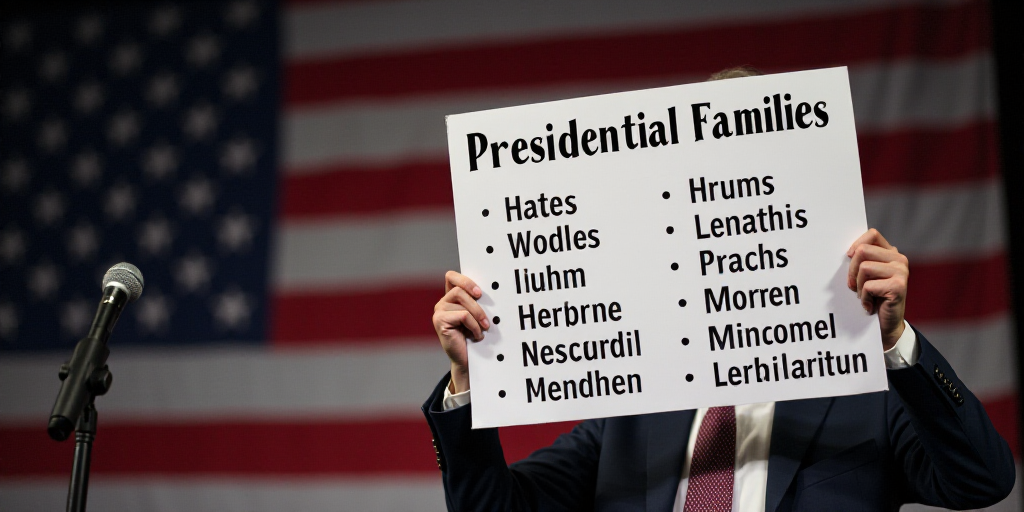Who is Donald Trump?
Donald J. Trump served as the 45th President of the United States from January 20, 2017, to January 20, 2021. Known for his business background and reality TV fame, Trump’s presidency was marked by controversial policies and a strong emphasis on “America First” principles.
Trump’s New Trade Policy
On Thursday, President Donald Trump raised tariffs on numerous countries to establish a new global trade order where customs duties serve as an economic policy tool. His goal is to “restructure trade for the benefit of American workers.”
Tariff Increases
Trump maintained a universal minimum of 10% tariffs on countries with which the US has a trade surplus. For countries with a deficit, tariffs now range from 15% to 41%. Most countries, including the European Union, Japan, South Korea, Costa Rica, Bolivia, Ecuador, and Venezuela, will face a 15% tariff increase. India will be hit the hardest with a 50% tariff, combining existing and upcoming increases due to its continued purchase of Russian oil.
Key Countries and Tariff Impacts
- European Union: 15% tariff increase
- Japan: 15% tariff increase
- South Korea: 15% tariff increase
- Costa Rica: 15% tariff increase
- Bolivia: 15% tariff increase
- Ecuador: 15% tariff increase
- Venezuela: 15% tariff increase
- Nicaragua: 18% tariff increase
- India: 50% tariff increase (combining existing and upcoming increases)
- Brazil: 50% additional tariffs on various products, including coffee and meat, partly in protest against the trial of former President Jair Bolsonaro
- Mexico: 25% tariff, with a 90-day extension to negotiate an agreement. Certain goods are exempt under the US-Mexico-Canada Agreement (T-MEC).
- Canada: 35% additional tariffs on various goods, partially protected by the T-MEC
- Syria: 41% tariff increase
- Switzerland: 39% tariff increase, unsuccessfully attempted to lower the percentage
Trump’s Rationale and Potential Impact
Trump aims to reindustrialize the US by encouraging companies to manufacture within its borders. He plans to impose a 100% tariff on semiconductors and chips unless they are produced domestically. Pharmaceutical products may follow with a gradual increase to 150% and eventually 250% within one to one-and-a-half years, aiming for domestic production.
Public Concern and Economist Estimates
An August 31 Morning Consult/The Century Foundation survey found that 83% of Americans are concerned about rising food prices. Economists largely agree that US consumers will ultimately bear the cost as businesses raise product prices due to increased expenses.
Trump’s Promised Relief
Trump has proposed a “small rebate” to American citizens, though the specifics of funding remain unclear. He emphasizes debt repayment, with a balance exceeding $36.8 trillion at the start of August.
Next Steps and Trade Tensions
The next significant date is August 12, when a trade truce with China expires. Both nations have reduced tariffs to 10% on US products and 30% on Chinese goods under the truce. Amidst negotiations to extend the truce, Chinese exports to the US fell by 6.1% between June and July.






